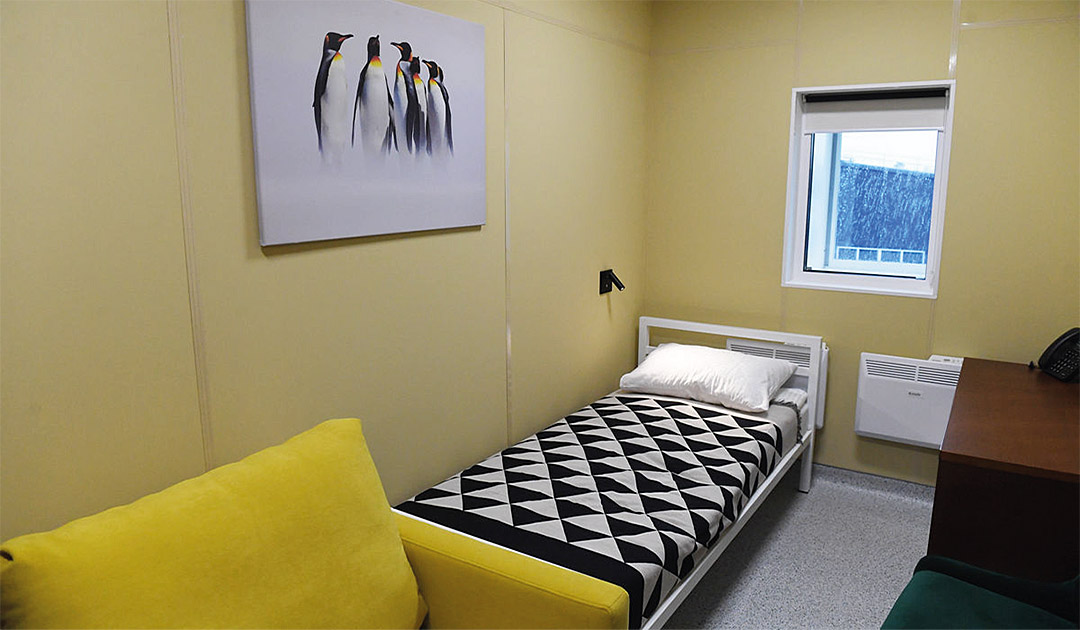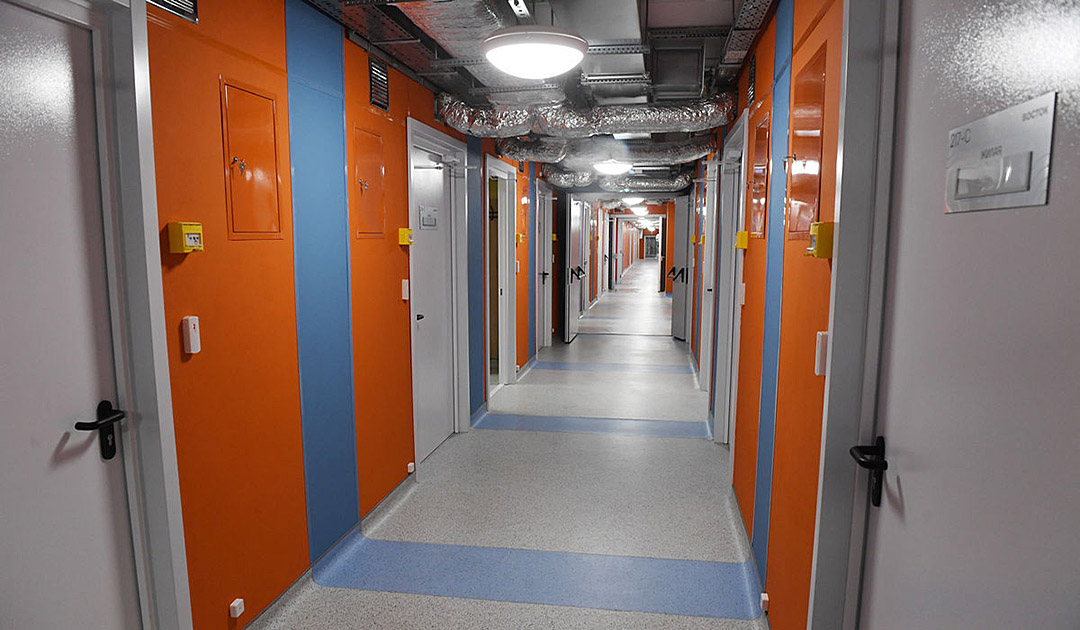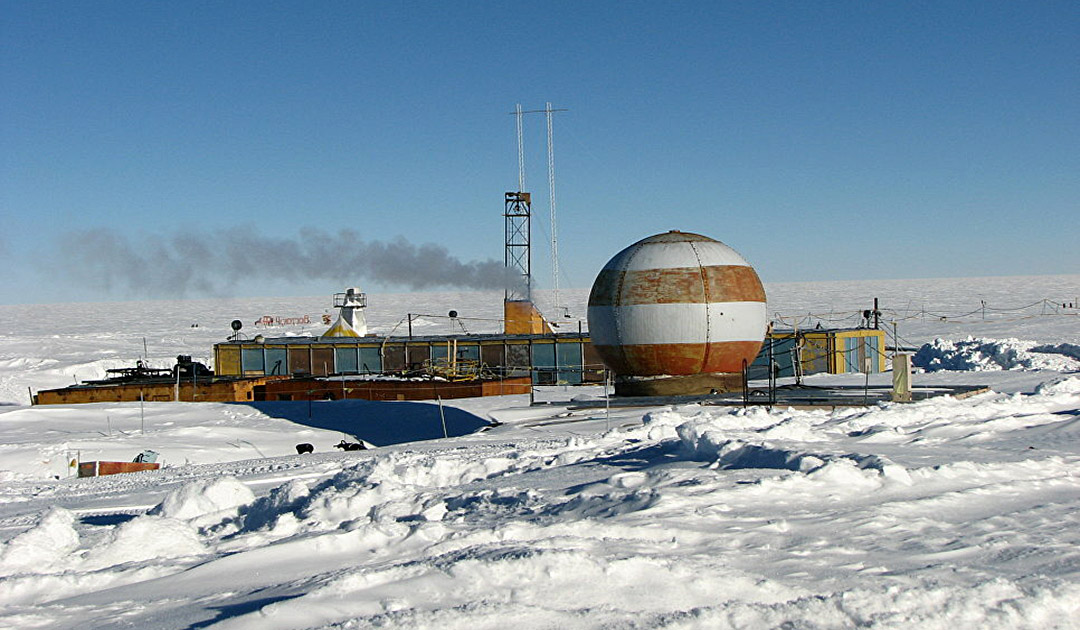
The Russian Vostok Station is an outpost of Russian science on the Antarctic continent. “Vostok” was founded in 1957 and the first facilities are now under deep snow after more than 60 years. It is estimated that the maintenance costs of the old station and the wear and tear have been on a very high level. In terms of the efficiency and convenience of life, today’s “Vostok” station is already far behind its “neighbors”. Due to the failure of the transport icebreaker “Sevmorput” caused by a propeller blade rupture on the main propulsion system, the components for a new building could not be delivered. Therefore, the completion of the polar station is likely to be delayed by one year.

The components and modules are transported to the “Progress” station on the coast of Prydz Bay on the cargo icebreaker “Sevmorput” There, the modules of the new station are unloaded and transported to the coast by tractors. According to preliminary estimates, unloading will take about two to three weeks. The entire required cargo is delivered then to the “Vostok” station. The distance for this demanding transport from “Progress” to “Vostok” is 1,400 km, and the station is also located at 3,480 meters above sea level. Transport to inland is achieved by transportation sleds pulled by tractors. This work and the installation of the station complex should be carried out during the Antarctic summer season, from November to February, in the next three years until 2023. That’s how it was planned! Due to the breakdown of the “Sevmorput” in November 2020, the whole thing was postponed by one year, so that the station will not be ready for occupancy before 2024.
A number of preparatory work has already been carried out in Antarctica. For example, sledges with tracked vehicles were organized and fuel bases were built on the main route, creating the prerequisite for the delivery of the complex elements from the coast of Antarctica to the construction site. Components and modules of the new station are transported on skis with more than two dozen tractors and heavy transport platforms. Loads weighing up to 60 tons can be transported per sledge.

The new station complex will provide comfortable accommodation for polar explorers. In the summer season there is space for 35 people and 15 people for overwintering. A warehouse is planned to be set up for a two-year supply of fuel and food. The station will stand on 3 meter high struts to avoid being “snowed in” for many years.

Theoretically, “space” research is also possible here. Antarctica has extreme climate conditions, and people here have been completely isolated for a long time. This is very similar to the situation on long space expeditions, which means that one could train and prepare for such flights.
“The renovation and new construction of the Russian Antarctic stations is carried out by order of President Vladimir Putin. The main objective of the new wintering complex at the Vostok station is to strengthen the position of Russian science in Antarctica,” said Viktoria Abramchenko, Minister of Natural Resources and Environment of the Russian Federation.

Vostok Station was opened on 16 December 1957.
Currently, it is the only Russian Antarctic station in the interior of the continent. Since its opening, the station has been renovated twice in 1974 and 1982. The infrastructure of the station currently needs to be completely replaced. Old buildings are not only in poor condition, but also partially or completely buried under 3 – 5 meters of snow.
“Vostok” station is located 1,287 km from the geographical South Pole. The nearest coastline is 1,260 km away and “Mirny” station is 1,410 km away.
On July 21, 1983, the lowest temperature to date was recorded at 89.2 °C. On July 23, 2004, a surface temperature of 98.6 °C was recorded by satellite measurements northwest of the research station, but this was not recognised as a record.

Andrei Kapiza, a scientist at the “Vostok” station, developed the thesis about the existence of a lake under the station as early as the late 1950s, but could not prove it. It was not until Christmas 1974 that this thesis was reinforced by a Scottish team, who had noticed a particularly flat area in the radar-based study of the glacier surface. The existence of the lake was confirmed by a Russian-British team in 1996 by a combination of various data, including airborne radar measurements reaching deep into the ice, space-based radar elevation measurements, and analysis of generated seismic waves.

Lake Vostok is the largest of more than 370 known subglacial lakes under the ice and stretches from the eponymous Russian Vostok station almost 250 kilometers to the north, is 50 kilometers wide and has a water depth of up to 1200 meters. The freshwater lake lies at a depth of 3700 to 4100 meters below the ice sheet.
Heiner Kubny, PolarJournal
More about this topic





